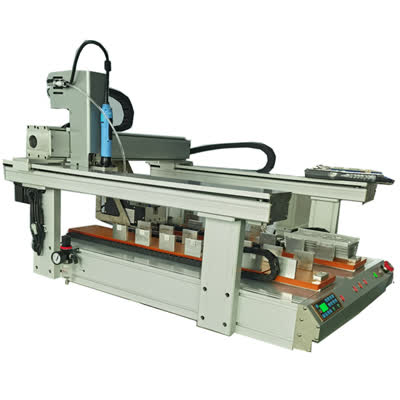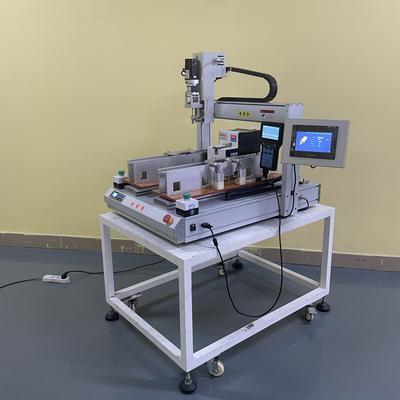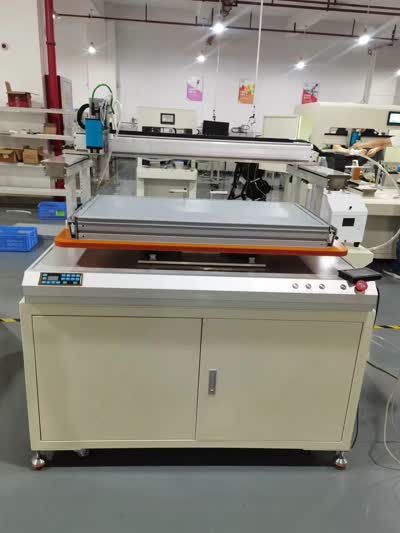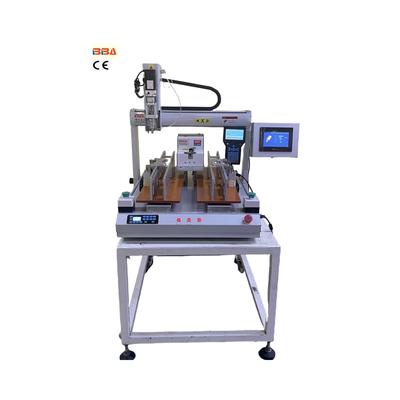QC Tests for Auto Screwdriver Units | Industrial Automation Guide
How to Run QC Tests on Auto Screw Driver Units
Quality control (QC) testing is essential for ensuring the reliability and performance of auto screwdriver units in industrial automation. These precision tools are critical for assembly lines, where even minor inconsistencies can lead to product defects, production delays, or equipment damage. Implementing comprehensive QC tests helps maintain operational efficiency, reduce waste, and extend the lifespan of these devices.
Why QC Testing Matters for Auto Screwdriver Units
Auto screwdriver units perform repetitive fastening tasks with high precision. However, factors like mechanical wear, calibration drift, or software glitches can compromise their accuracy over time. Regular QC testing ensures:
- Consistent torque output: Prevents under-tightening or over-tightening of screws.
- Battery and power stability: Validates uninterrupted operation during production cycles.
- Safety compliance: Identifies potential malfunctions that could endanger operators.
Step-by-Step QC Testing Process
1. Pre-Test Preparation
Clean the unit and inspect for visible damage. Verify that all components, including the screw feeder and bit holder, are properly aligned. Ensure the device is calibrated according to the manufacturer’s specifications.
2. Torque Accuracy Test
Use a digital torque analyzer to measure output across multiple cycles. Compare results against the unit’s programmed torque range. For example, if the target is 5 N·m, ensure readings stay within ±5% tolerance. Test both clockwise and counterclockwise directions if applicable.
3. Speed and Cycle Consistency
Run the screwdriver through 50–100 fastening cycles and record the time per cycle. Inconsistent durations may indicate motor issues or software lag. Monitor the tool’s temperature to prevent overheating during prolonged use.
4. Error Detection Validation
Simulate common failure scenarios, such as cross-threaded screws or jammed feeders. Confirm the unit’s sensors trigger immediate alerts or shutdowns to prevent damage.
5. Data Logging and Analysis
Review performance logs from the unit’s software interface. Track metrics like total cycles, error rates, and maintenance history to identify trends or recurring issues.
Common QC Challenges and Solutions
A frequent issue in QC testing is torque drift caused by worn brush gears or degraded lubrication. Address this by replacing parts as per the maintenance schedule and using high-quality lubricants. For units with wireless connectivity, validate signal stability in environments with electromagnetic interference by conducting tests in real-world conditions.
Best Practices for Long-Term Performance
- Conduct QC tests at least monthly or after every 10,000 cycles.
- Train operators to perform basic diagnostics, such as resetting calibration or clearing feed jams.
- Store backup torque profiles to quickly restore settings after firmware updates.
By integrating rigorous QC protocols, businesses can maximize the ROI of auto screwdriver units while minimizing downtime. Proactive testing not only safeguards product quality but also reinforces compliance with industry standards such as ISO 9001 for quality management systems.
Modern auto screwdrivers often include built-in self-test functions—leverage these features to automate portions of the QC process. Pairing automated checks with manual inspections creates a robust framework for maintaining peak performance in high-volume manufacturing environments.
| Product Name | Applicable industries |
| Auto Screwdriver Machine | PCB and Circuit Board Assembly |



